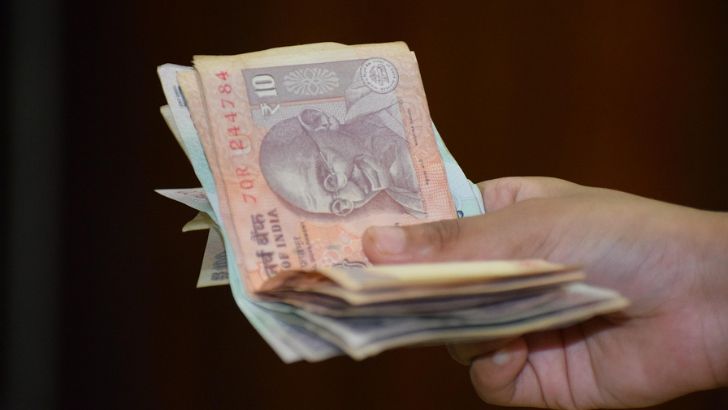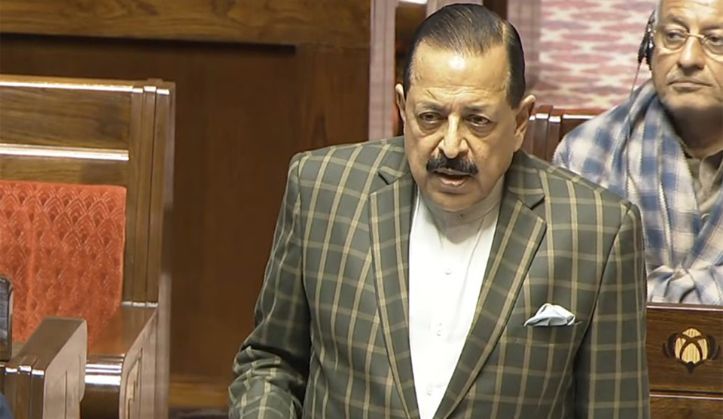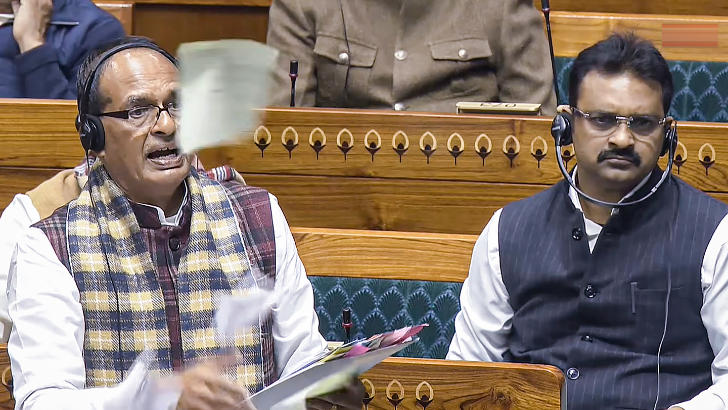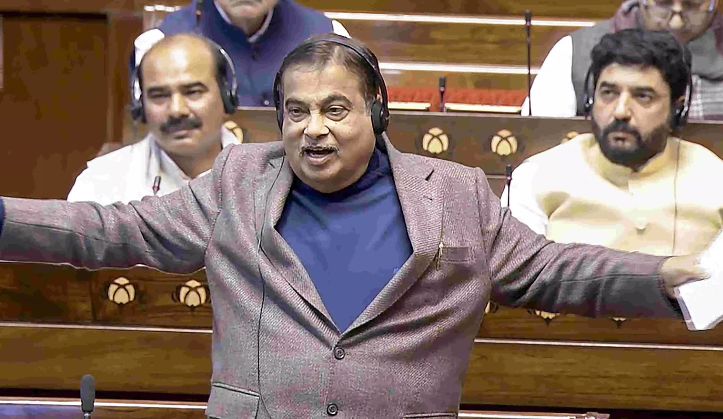'Next Gen GST' precursor to eventual single tax slab GST: Sources
They said the proposed new GST regime, which slashes tax rates and assigns just two slabs of 5 per cent and 18 per cent, will boost the economy and also serve to mitigate tariff threats.
PTI
-
Representative image. Photo: Pixabay
New Delhi, 16 Aug
Describing the proposed GST tax reforms as ‘Next Gen GST’,
senior government officials on Saturday said that the two-slab tax regime will
eventually pave the way for a single sales/services tax rate, hopefully by
2047.
They said the proposed new GST regime, which slashes tax
rates and assigns just two slabs of 5 per cent and 18 per cent, will boost the
economy and also serve to mitigate tariff threats.
The proposed two-slab regime, if approved by the GST
Council, will replace the current four slabs in the goods and services tax
(GST) regime, doing away with the 12 per cent and 28 per cent slabs.
Calling it the ‘next Gen GST’, a government official said
"it is a game changer reform. In the pantheon of economic reforms seen in
India, it's right up there." The officials spoke on condition of
anonymity.
They said the new structure would mean that almost all of
the common use items will move to the lower tax bracket, leading to price cuts,
which in turn would boost consumption.
Terming the overhaul as "reformed and refined
GST", a source said the Centre did not want a short-term solution in the
tax rate rationalisation and with the Compensation Cess coming to an end, a
Next Gen GST was necessary.
"Lower taxes mean it will put more money in people's
pockets. It will obviously lead to more consumption," the official said.
The Centre’s proposal for a 5 and 18 per cent tax rate on
merit and standard goods and a 40 per cent tax for sin goods, has been a “large
canvas exercise” to ensure stability in tax rates, the officials said,
explaining the rationale behind the exercise.
The changes that have come about after nearly six months of
deliberations and dozens of meetings, have been conceived in a way so as to
ensure that demand for tax tweaks do not come and also input tax credit (ITC)
do not get accumulated in the system.
Once the Centre’s proposal is accepted by the Group of
Ministers (GoM) and is approved by the GST Council, it will end the flux of tax
rates and ensure stability, the officials said.
“What we have suggested is a ‘Next Gen GST’ keeping the
needs of the middle class, poor, farmers, and MSMEs in mind. Also, it has been
ensured that tax on daily use items are low,” the official told PTI.
"Once the system is put in place and India becomes a
developed nation, we can think about a single rate GST," said the
official, adding that a single rate structure is suitable for developed
countries where income and spending capacities are uniform.
“The ultimate aim is to move to a single slab structure,”
the official said, adding that the time, however, is not right at present.
The official said that during the process of overhaul, every
due process is being followed. The Centre has taken the steering role but is
protecting constitutional obligations by sharing it with the Group of Ministers
(GoM) on rate rationalisation.
As many as 99 per cent of the items in the 12 per cent
category such as butter, fruit juices and dry fruits would move to 5 per cent
tax rate. Similarly, electronic items like ACs, TVs, fridges, and washing
machines as well as other goods like cement will be among the 90 per cent of
the items that would move from 28 per cent to lower 18 per cent slab.
The move comes after US President Donald Trump slapped a 25
per cent tariff on all goods India exports to the US, and planned doubling of
the levy to 50 per cent from August 27 to punish New Delhi for its oil
purchases from Russia. The tariffs are likely to impact USD 40-billion of
non-exempt Indian exports such as that of gems and jewellery, textiles and
footwear.
Prime Minister Narendra Modi in his Independence Day address
to the nation on Friday emphasised that India should become self-reliant and
consume what is made in India.
The tax slabs that the Union Finance Ministry has proposed
will go to a group of ministers from different states and after their
concurrence will be placed before the all-powerful GST Council, which is headed
by Union Finance Minister and comprises representatives of all states and UTs.
The Council is expected to meet next month to deliberate on
the tax reform proposal.
Leave a Reply
Your email address will not be published. Required fields are marked *










.png)


.png)
.png)
.png)

.png)
.jpg)

